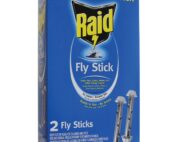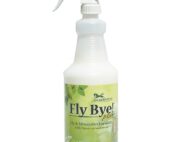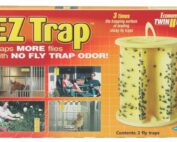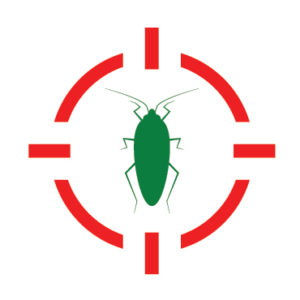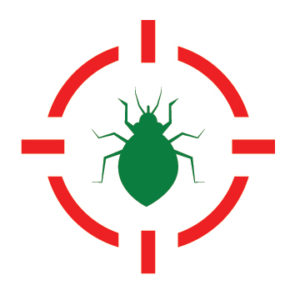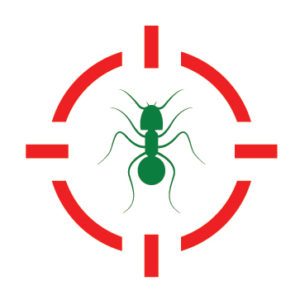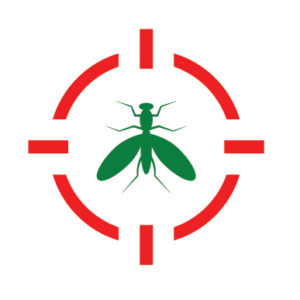SPIDER CONTROL
How to Get Rid of Spiders
Spiders are one of the most feared pests found in households. While it is estimated that 1 out of 5 people in the United States has some sort of phobia, the fear of spiders (arachnophobia), ranks near the top of the phobia list. The debilitating fear of spiders called arachnophobia can have unwelcomed symptoms that can negatively interrupt your daily life.
Some common symptoms related to arachnophobia are:
- Uncontrollable sweating
- Rapid heart rate
- Hot flashes
- Panic attack and anxiety
- Cold flashes
- Chest Pain
- Nausea
- Gastrointestinal discomfort and diarrhea
- Dizziness
- Sense of loss of control
The good news is, there are things you can do to get rid of these unwelcomed spiders. We will provide you with some DIY tips and there is always the option of hiring a professional pest control company to get rid of them quickly and efficiently. A combination of homeowner efforts and the use of a qualified exterminator usually yields the best results in getting rid of a spider infestation.
Presence of other pests: Spiders need a source of food. If there are other pests, such as millipedes, flies, or ants, there is a good chance that spiders are also present in your home
The best way to get rid of spiders is by making the environment less friendly to them. Take time to remove clutter, such as compost and wood piles, rocks, and other, similar items. Caulk any cracks in the home’s foundation to eliminate points of entry for spiders and seal windows using fitted screens. Doors should be designed with sweeps and weather stripping, and regular cleaning of window shutters is necessary.
In many cases, the use of DIY remedies or the help of an exterminator is necessary to completely eradicate spiders.
Signs of Spiders
Spiders are sneaky and they often stay in dark, hidden corners of rooms or in other areas where they can’t be seen. However, they do leave signs of their presence. Some of the top signs that spiders are present include:
- The presence of webs
- Cracks or crevices in the home
- Moisture
Tips to Get Rid of Spiders at Home
There are a few effective and easy to implement steps homeowners can take to get rid of spiders.
One of the best ways to get rid of spiders out of a home is to vacuum and clean on a regular basis. Vacuuming helps to remove spider webs, eggs, and even spiders. Due to their body structures which are fragile, spiders are instantly killed when sucked into a vacuum.
Interestingly what attracts spiders are other insects. If you have an abundance of spiders in your home or garage, they have access to many other insects. Having the proper pest control protocols in place can help to eliminate spiders for good.
Using glue traps to catch and get rid of spiders so they can be removed quickly and passively. Place them along baseboards and in closets for the best results.
A variety of plants can be used as a natural spider repellent. A common plant that is effective in getting rid of spiders is basil. Another popular plant is lavender. Spiders do not enjoy the smell of lavender and it will repel spiders from your home. Citrus fruits such as lemons can also repel. Rub lemon peels on the baseboards around your home. The smell of the natural oils in the lemon will repel spiders.
If the spider population is a large one, it may take pesticides to get rid of the problem. Many safe and effective products are available on the market, but great care should be taken to ensure they are used safely.
Using more natural methods are also effective in getting rid of spiders
- Vinegar
- Dryer sheets
- Peppermint oil
- Black Pepper
- Salt
- Garlic
- Scented Candles
- Improved lighting

Most of the 3,000 spiders in the U.S. are not dangerous. If the majority of spiders were to bite a human, their fangs are too weak or small to puncture human skin. The irritation of these non-lethal bites of a spider may leave red, itchy spots that may heal in under a week.
While the majority of spiders are non-threatening, there are some spiders that can bite through human skin and that produce venom which can cause serious health complications other than just an ordinary painful spider bite. With over 40,000 varieties of spiders in the world, only 2% of them are dangerous. Spiders will bite only if provoked or out of self-defense and do not intentionally hunt humans to bite or inflict harm on us.
Some of the most common signs of a spider bite include:
- Swelling
- Skin damage
- Red welts
While those are the physical signs of a spider bite, there can be other symptoms that can accompany the most prominent physical symptoms to indicated that someone has been bitten. Some of these symptoms include:
- Chills
- Rash or itching
- Fever
- Vomiting or nausea
- Pain near the bite area
- Headache
- Muscle cramping or pain
- Issues breathing
- Blistering
- Sweating
- High blood pressure
Spider bites will usually take longer to heal than other insect bites and may cause more symptoms. If the symptoms are severe, or it is known that the spider that has bitten you is venomous seeking the care of a doctor is strongly recommended.
In the case of mild symptoms, the following treatment protocols are recommended by The Mayo Clinic for spider bites.
To help with spider bite discomfort, The Mayo Clinic recommends taking the following measures:
- Wash the infected area thoroughly with soap and warm water and keep the wound clean
- Place an ice pack or cool compress on the wound to aid in reducing pain and swelling
- Elevate the wound if possible
- Take over-the-counter medications (NSAIDs) for swelling and itching. You can also use aspirin or other anti-inflammatory drugs to reduce swelling
Recommended Products
For your pest control needs
Some of the Most Dangerous Spiders
Spiders are a type of arachnids. This is a class of arthropods that also includes ticks, mites, and scorpions. There are over 40,000 known species of spiders found in habitats throughout the world. There is a huge array of spiders, such as those that can jump to significant heights, spiders that have similar appearances to pelicans, and even spiders that have a cartoonish look.
Spiders range in size from just 0.11 inches long, the Samoan moss spider, to the gigantic Goliath birdeater, which is a tarantula that has a leg span of almost one foot!
The best way to get rid of spiders is by making the environment less friendly to them. Take time to remove clutter, such as compost and wood piles, rocks, and other, similar items. Caulk any cracks in the home’s foundation to eliminate points of entry for spiders and seal windows using fitted screens. Doors should be designed with sweeps and weather stripping, and regular cleaning of window shutters is necessary.
To help with spider bite discomfort, The Mayo Clinic recommends taking the following measures:
- Wash the infected area thoroughly with soap and warm water and keep the wound clean
- Place an ice pack or cool compress on the wound to aid in reducing pain and swelling
- Elevate the wound if possible
- Take over-the-counter medications (NSAIDs) for swelling and itching. You can also use aspirin or other anti-inflammatory drugs to reduce swelling
Brown Recluse Spiders
The brown recluse spider has six eyes that are arranged in semicircles in sets of 3. Each set contains 2 pairs of eyes. Brown recluse spiders are mainly found in the southeast and Midwest portion of the U.S. and the spider is known to have “secretive” behaviors. It prefers to live in dark, warm, and dry environments, such as closets, attic corners, and other hidden areas. Brown recluse spider bites are particularly dangerous because they can take three or more weeks to fully heal.
The best way to get rid of brown recluse spiders and to prevent a possible spider bites from a brown recluse spider, is to prevent them from entering your home. Ways to reduce a possible brown recluse spider infestation is:
- Reduce clutter in basements and garages to reduce attracting brown recluse spiders
- Remove all visible webs
- When decluttering use protective gear such as heavy gloves and proper footwear to reduce the chances of a brown recluse spider bite
- Clothes and shoes should not be left on the floor. Before use, clothes should be shaken out to reduce the chances of a possible brown recluse spider attack.
- Keep firewood and wood piles a safe distance away from the exterior of your home or business
- Getting the help of a licensed exterminator is the safest way to get rid of dangerous brown recluse spiders
Wolf Spider
The wolf spider is an agile and robust hunter that has superior eyesight. This type of spider lives mostly in solitude and hunts on their own. They do not spin webs. While some are opportunistic hunters and pounce on prey as it is found, others will wait for prey to pass near the entrance to their burrow. A typical diet for wolf spiders includes, crickets, grasshoppers, beetles, ants and even other spiders.
If provoked, a wolf spider may bite a human. The symptoms of a wolf spider bite include itching, mild pain, and swelling.
Ways to stop and get rid wolf spiders from entering your home include:
- Removing debris from your yard such as wood, rocks and firewood
- Removing overgrown plant life and vegetation that is near to your home and entry points
- Seal any cracks or holes near your home’s foundation properly. Weatherproof you home and secure windows and doors to prevent wolf spiders from entering
- Keep exterior lighting to a minimal level. Light attracts insects and wolf spiders like to eat other insects and spiders
- Make sure any items that you bring inside your home from the outdoors is free of wolf spiders and wolf spider eggs. Check firewood, rocks and dirt for signs of wolf spiders.
Black Widow Spider
The black widow spider is best known for the female’s appearance and the tendency they have to eat their mate. This is considered the most venomous spider in North America; however, if this spider bites you, it is rarely fatal to humans. The male and female black widow spiders look different, with the females having the most noticeable appearance, with black, shiny bodies and a red, hourglass-shaped marking on the underside of their abdomen. In some cases, this hourglass image may also be orange-yellow.
The best way to get rid of black widow spiders is to prevent them from entering your home and getting comfortable. Ways to reduce a possible black widow spider infestation is:
- Reduce clutter in basements and garages
- Remove all visible cobwebs
- When decluttering use protective gear such as heavy gloves and proper footwear to reduce the chances of a black widow spider bite
- Keep firewood and wood piles a safe distance away from the exterior of your home to deter black widow spiders. 20 feet is appropriate
- Getting the help of a licensed exterminator is the safest way to get rid of dangerous black widow spiders
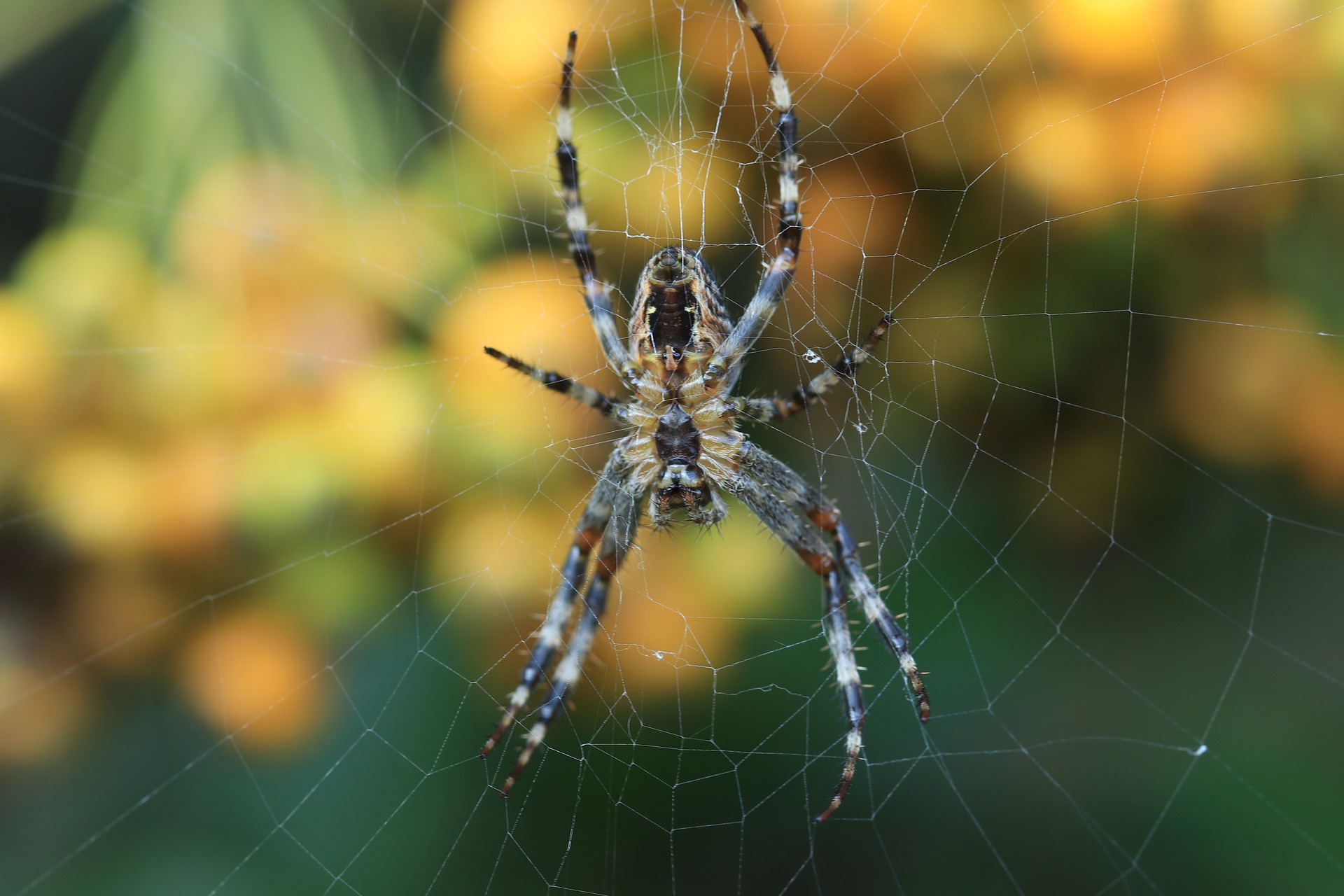
There are several methods used by exterminators to get rid of spiders in and around a home. There are several methods that are non-toxic to ensure they do not cause harm to pets, plants, or children.
Most exterminators will use targeted and discreet spider treatment. There are several popular options including flushing treatments, insecticidal sprays, and web clearing options.
The exterminators that are hired will provide an option of installing invertebrate monitors (these are insect monitor units) that are designed to trap spiders but not to attract them to the area. The monitors will be placed strategically in locations where spiders are likely to forage, shelter, or look for a mate.
When the experts are hired, they will understand what needs to be done to get rid of spiders. That is because they know the lifecycle and habits of the spiders in the local area and will be able to determine what methods of elimination or prevention are key. Spiders that are caught are identified to know if there are any harmful species around the property.
It does not matter if spiders are affecting a home or business, knowing how to get rid of them is crucial to ensuring they do not become problematic for you or your loved ones. Usually, exterminators will recommend preventative methods to not only get rid of existing spiders, but to ensure they do not return. These steps vary based on the type of spider and how severe the infestation is.
Be sure to call an exterminator as soon as an issue is seen to make sure the problem does not get any worse. Being informed and knowing what your options are is the best way to ensure that desired results are achieved. While using the tips above can help you to get rid of spiders, for more serious infestations, a professional experienced exterminator is recommended. With an effective pest control program and utilizing the knowledge of a trusted exterminator, you and your loved ones will be able to rest easy knowing your home or business is spider free once and for all.
Exterminator Methods to Get Rid of Spiders
The best way to keep spiders from coming inside, is to control them outside. Some effective methods to keep spiders controlled outside the home and make sure they do not come inside include:
- The use of herbs like cinnamon, peppermint, citrus, citronella, lavender, and tea tree oil, mixed with water.
- Reduce the use of outdoor lights because these lights attract bugs spiders like to eat.
- Clean and repair porches or decks regularly to keep spiders from making homes in the cracks and crevices.
- Fill in cracks and crevices in door frames and window ledges.
- Clean gutters so the blockages do not create a safe place for insects to get in.
- Place sprigs of eucalyptus around the perimeter of the house to repel spiders.
- Vacuum your house at least once a week
- Clean up food scraps and crumbs that can lure insects, which in turn, can attract spiders and other pests.
- Make a homemade spider repellent from water and table salt and spray the mixture around the outdoor landscape elements. Salt is a natural poison to spiders. Mix 1/8 cup of salt into one gallon of warm water. Place the solution in the spray bottle and spray the solution directly onto spiders, webs, or their nests to kill them.
Listed below are products you can purchase that are specifically designed to kill spiders. However, make sure these items do not risk the health of your beloved pets or children.
- Spider Repellents: These are made for indoor and outdoor use and can be sprayed on plants so when spiders come into contact with the plants, they are killed. A natural repellent, such as chestnut extract will not harm the plants, but the spiders will avoid these areas because they do not like it.
- Web Eliminators: This is product that can be sprayed onto brick, metal, paint, and wood to prevent spiders from attaching their webs to the surfaces.
- Aerosol Sprays: This is an effective way to control spiders in garages and basements where most spiders will spin their webs.
Contact Sprays: Using this spray on existing spiders and webs will cause them to die. These sprays may not be effective though, because many spiders make their webs in hidden or secluded areas.
ALTERNATIVE SOLUTIONS
Alternative do it yourself methods to help get rid of pests inside your home.
Spiders enter your home in search of food. To reduce this without any extra spider control products you can
- Remove Cobwebs, destroying their nest.
- Spiders mostly eat small insects,
- Using our tips on other pest control pages you can minimize the amount of insects inside your home.
Using products
- Spider Repellents.
- Spider Insecticides & Aerosols.
- Insecticide Dusts.
- Spider Traps.
LOOKING FOR AN EXTERMINATOR?
SEARCH THE PEST EXTERMINATORS NEAR ME DIRECTORY.

